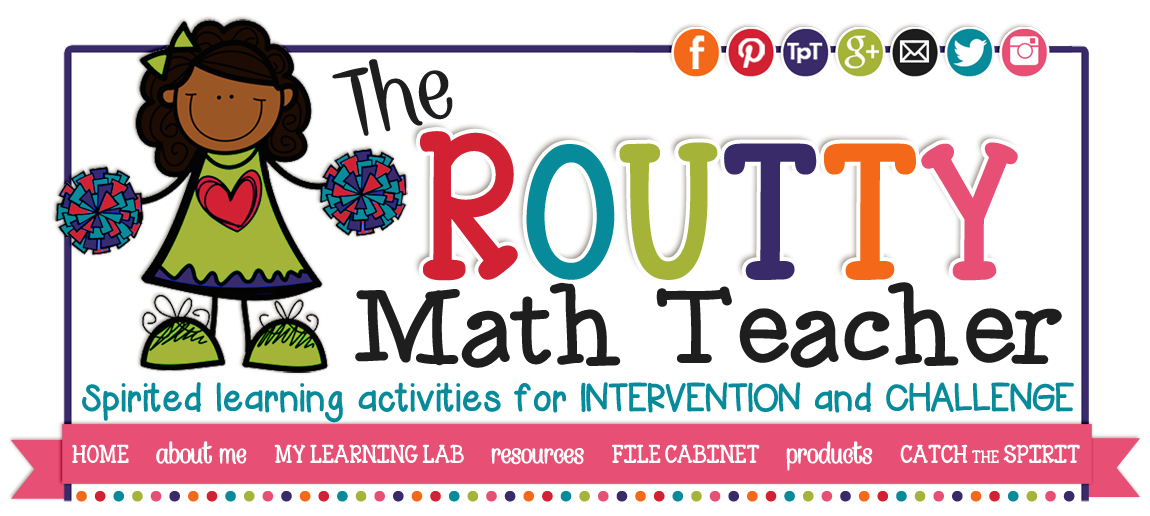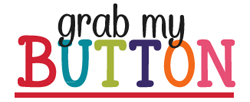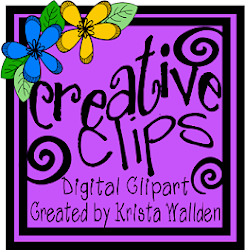Tuesday, November 11, 2014
Doing Math the Routty Way: Engaging Activities from A to Z (Day 25)
Zany Problem Solving Tasks- Problem solving is a great way to get your students thinking, to emphasize critical thinking skills, and promote curricular content all at the same time. Problem solving can come in the form of games, logic problems, word problems that emphasize non-routine solution strategies, puzzles, tiling tasks, problem of the day, and stumpers (like riddles). There are many ways to integrate problem solving throughout your daily math program, through problem of the day, math stations. math menus, enrichment time, skill assessments, games, brain breaks, etc. Join me for my next series, "Problem Solving Palooza" for ideas, activities, and strategies for increasing your classroom rigor through problem solving. In the meantime, check out my freebie "Make 24," a game that promotes problem solving skills when students use four numbers to add, subtract, multiply, and divide their way to the number 24. Happy Solving!
Labels:
Engaging Activities,
Games,
Problem Solving
Wednesday, November 5, 2014
Doing Math the Routty Way: Engaging Activities from A to Z (Day 24)
Yo-Yo Partner Work- Often times, one student tends to dominate the conversation when completing partner work.The yo-yo partner strategy is a great technique for holding partners
accountable for work completed during cooperative learning so that both students have the opportunity to learn and show growth.
When students are communicating about their mathematical thoughts, processes, and ideas, use a timer to guide discussion time. Give each student 30 seconds, longer if needed, to communicate their ideas to a partner. The listener should listen intently and then make one comment and ask one question. The students then reverse roles.
Comments can include thoughts like, "I really like the strategy that you did. I might try that next time." Or, "Your work is easy to follow and the table that you used helps me make sense of the problem." Initially, students will need support to understand how to make informative and supportive comments. You may even want to brainstorm a list of statements/comments on chart paper for the students to refer back to when they are communicating about mathematics.
When students are communicating about their mathematical thoughts, processes, and ideas, use a timer to guide discussion time. Give each student 30 seconds, longer if needed, to communicate their ideas to a partner. The listener should listen intently and then make one comment and ask one question. The students then reverse roles.
Comments can include thoughts like, "I really like the strategy that you did. I might try that next time." Or, "Your work is easy to follow and the table that you used helps me make sense of the problem." Initially, students will need support to understand how to make informative and supportive comments. You may even want to brainstorm a list of statements/comments on chart paper for the students to refer back to when they are communicating about mathematics.
Follow-up questions can include questions from the Open-Ended Questions Poster presented previously on my blog.
Subscribe to:
Posts (Atom)

















